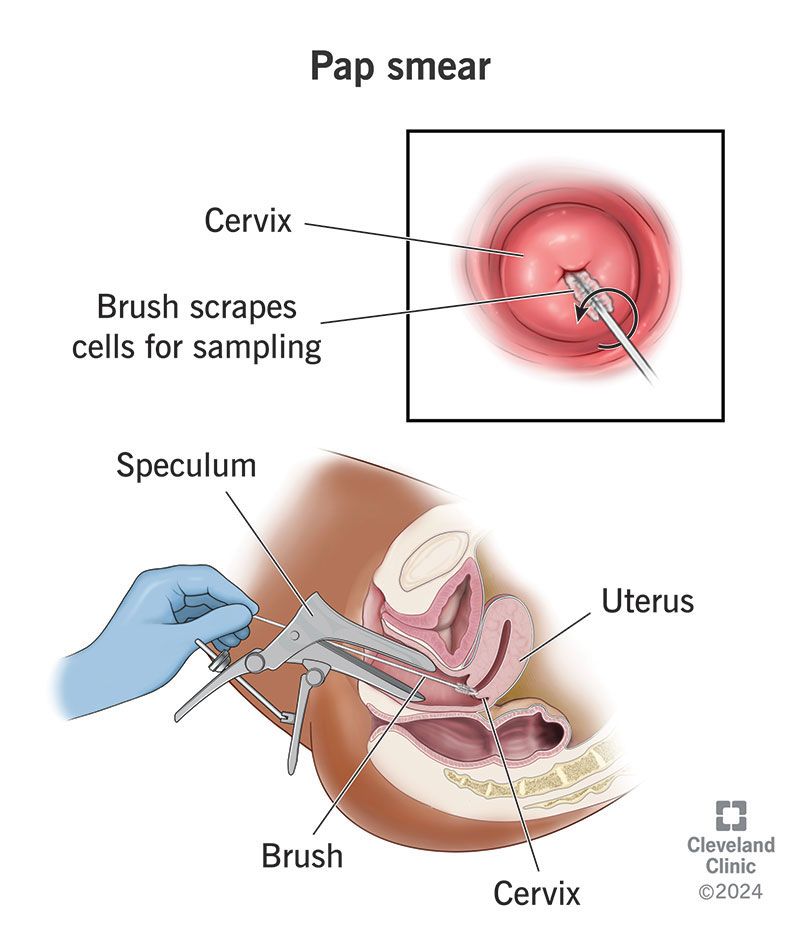If you’re a woman, you’ve probably heard of a Pap smear test. This routine procedure is crucial for detecting cervical cancer early on, when it is most treatable. But if you’re a first-timer or just curious about what to expect during a Pap smear test, this article is for you.
What is a Pap Smear Test?
A Pap smear test, also known as a Pap test, is a screening procedure that checks for abnormal changes in the cells of the cervix. The cervix is the lower part of the uterus that connects to the vagina. During the test, a healthcare provider uses a small brush or spatula to collect cells from the cervix, which are then sent to a lab for analysis.
Why is a Pap Smear Test Important?
Cervical cancer is one of the most common cancers in women worldwide, but it is also highly preventable. Regular Pap smear tests can detect abnormal cells early on, before they have a chance to develop into cancer. Early detection and treatment can save lives and increase the chances of successful treatment.
When Should You Get a Pap Smear Test?
The recommended age to start getting Pap smear tests varies depending on your risk factors and medical history. In general, it is recommended that women start getting Pap smear tests around the age of 21 and continue every three to five years, depending on your age and risk factors. Your healthcare provider can help you determine the best screening schedule for you.
What to Expect During a Pap Smear Test
Now that you know the importance of Pap smear tests, you may be wondering what to expect during the actual procedure. Here’s a step-by-step guide:
1. Preparation
Before the test, you will be asked to undress from the waist down and put on a gown. You may also be asked to empty your bladder before the procedure. This will make it easier for the healthcare provider to collect the cells from your cervix.
2. Positioning
You will be asked to lie down on an examination table with your feet in stirrups. This position allows the healthcare provider to access your cervix easily.
3. Speculum Insertion
The healthcare provider will gently insert a speculum into your vagina to hold the walls of the vagina apart. This may feel slightly uncomfortable, but it should not be painful. The speculum allows the provider to see and access your cervix.
4. Cell Collection
Using a small brush or spatula, the healthcare provider will collect cells from your cervix. You may feel a slight scraping or pressure, but it should not be painful. The cells are then placed on a slide or in a liquid container and sent to a lab for analysis.
5. Completion
Once the cells are collected, the speculum is removed, and the procedure is complete. You may experience some spotting or light bleeding after the test, but this is normal and should subside quickly.
After the Pap Smear Test
After the test, you can resume your normal activities. You may experience some mild cramping or spotting, but this should not last long. Your healthcare provider will contact you with the results of the test, usually within a few weeks.
Conclusion
A Pap smear test is a simple and painless procedure that can save lives. By detecting abnormal cells early on, you can increase your chances of successful treatment and prevent cervical cancer. If you’re due for a Pap smear test, don’t hesitate to schedule an appointment with your healthcare provider. Your health is worth it!
Remember, early detection is key to preventing cervical cancer, so make sure to follow your healthcare provider’s recommendations for regular Pap smear tests. Your health is important, so don’t delay in taking care of yourself.

